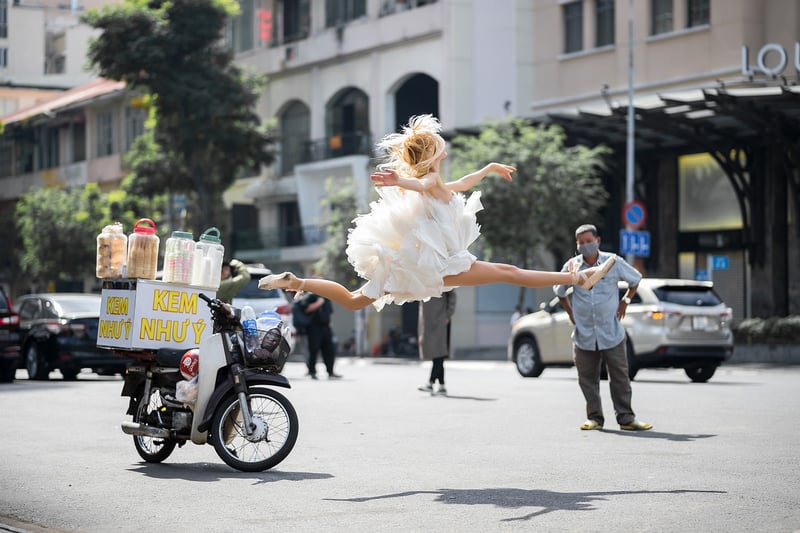Hip Hop
The Power of Expressive Movement in Hip Hop
Hip Hop is not just a genre of music; it's a cultural movement that encompasses various art forms, including dance. Expressive movement plays a crucial role in Hip Hop culture, allowing individuals to convey emotions, tell stories, and showcase their creativity through dance.
History of Hip Hop Dance
Hip Hop dance emerged as a form of self-expression in the streets of New York City in the 1970s. It was heavily influenced by the music and lifestyle of the African American and Latino communities. Over the years, Hip Hop dance has evolved into a diverse and dynamic art form, incorporating elements of breaking, popping, locking, and other styles.
The Elements of Expressive Movement
Expressive movement in Hip Hop dance is characterized by fluidity, rhythm, and individuality. Dancers use their bodies to interpret the music, expressing their emotions and personal style through movement. Whether it's a smooth groove, a sharp isolation, or a powerful jump, each movement tells a unique story.
The Art of Freestyle
One of the most distinctive aspects of Hip Hop dance is freestyle. Freestyle allows dancers to improvise and create movements on the spot, responding to the music and the energy of the moment. It's a raw and authentic form of expression that showcases the dancer's skill and creativity.
Express Yourself through Dance
Whether you're a seasoned dancer or just starting out, Hip Hop dance offers a platform for self-expression and creativity. Through expressive movement, you can tap into your emotions, connect with others, and make a statement without saying a word. So put on your favorite beats, let the music move you, and express yourself through the power of dance.

Image Source: Pixabay
